Mr. Le Hoai Nam, Deputy Director of the Department of Education and Training of Ho Chi Minh City, said: "In recent years, there has not been a year where 100% of junior high school graduates registered to take the entrance exam to public grade 10. On average, each year there are about 10,000 junior high school graduates who do not register, and this year the number is 12,920. Students and their families have proactively chosen not to study in public grade 10 high schools, but have chosen other paths such as studying abroad, studying at international schools, non-public schools, studying continuing education and studying at vocational colleges...".
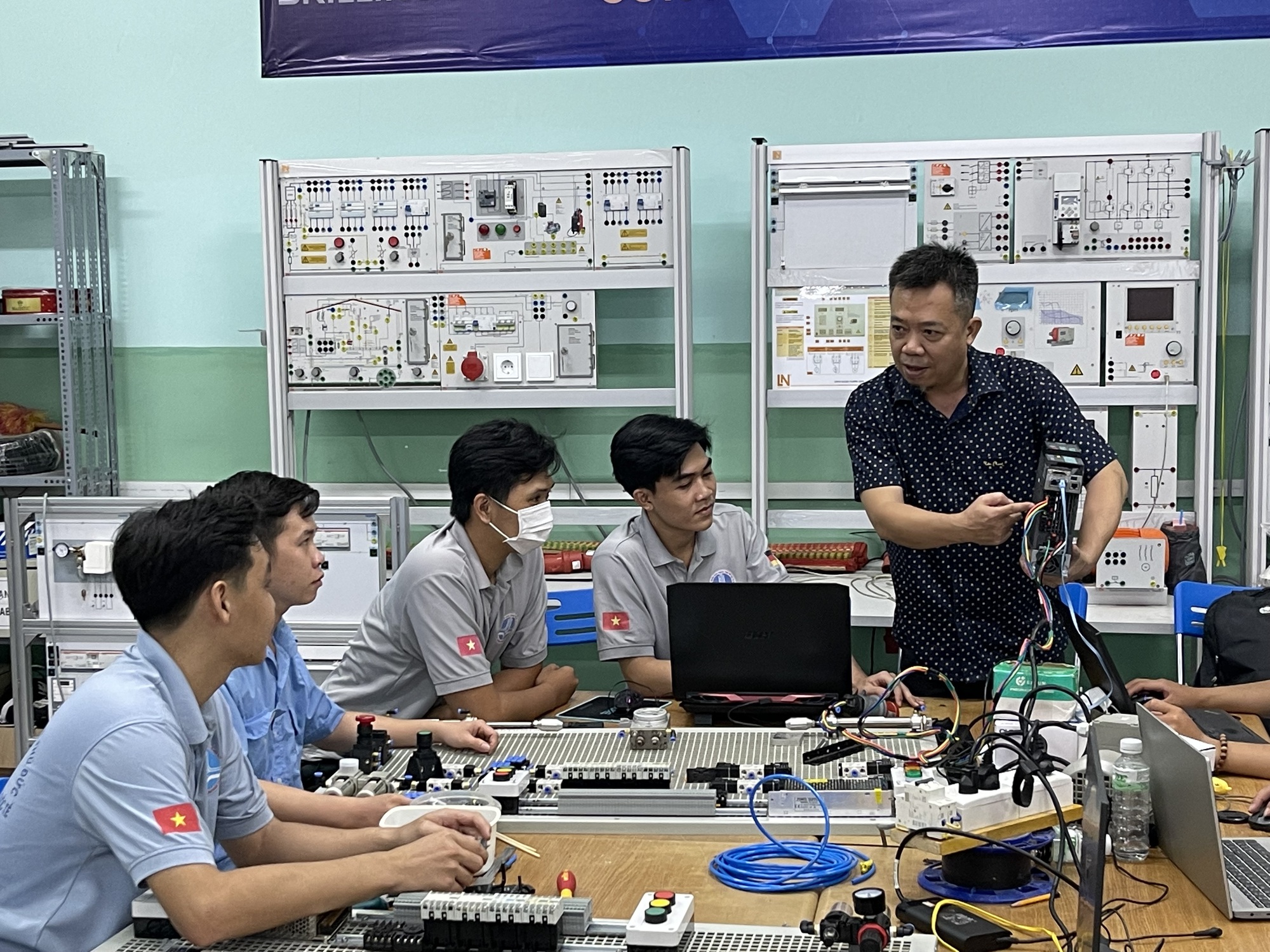
Students who fail to pass the public school entrance exam can choose the learning model that best suits their abilities and family circumstances.
Meanwhile, the rate of secondary school students in Ho Chi Minh City in the 2023-2024 school year is 70% of secondary school graduates entering public grade 10. According to the allocation of enrollment quotas for grade 10 of 114 public high schools, it is about 77,000 students.
Therefore, with 12,920 students not registering for the 10th grade exam, the pressure on candidates in the upcoming exam will be reduced. Instead of 100% of junior high school graduates taking the 10th grade exam, there would be more than 30,000 students who failed to pass, but now this number is only about 20,000.
Mr. Le Hoai Nam also said that the Department of Education and Training has announced the system of schools and classes for high school admission and enrollment quotas for 242 public and non-public educational institutions. Of these, 128 educational institutions enrolling 10th graders are Continuing Education and Vocational Education Centers, non-public schools, and vocational secondary schools with enrollment quotas of more than 50,000 students. Thereby, students who are not admitted to public schools can choose the most suitable learning model for their abilities and family circumstances.
According to Mr. Do Minh Hoang, Director of Chu Van An Continuing Education Center (District 5), currently, continuing education centers are no longer just places for weak students to supplement their education. In recent years, many students with good academic performance have proactively chosen continuing education. The curriculum of this system is still built on the general knowledge framework of the Ministry of Education and Training but has reduced some subjects. Specifically, continuing education students in high school only study 7 basic subjects including math, physics, chemistry, literature, biology, history, and geography. For students with average academic performance, the amount of knowledge in these 7 subjects is within their capacity. If they have good academic performance, reducing some subjects will help them have more time to invest in the subjects they like such as art, sports, social activities, etc.
Depending on the orientation and needs of the family, parents and students can find a suitable model.
Source link



![[Photo] Prime Minister Pham Minh Chinh chairs the Government's special meeting on law-making in April](https://vstatic.vietnam.vn/vietnam/resource/IMAGE/2025/4/13/8b2071d47adc4c22ac3a9534d12ddc17)





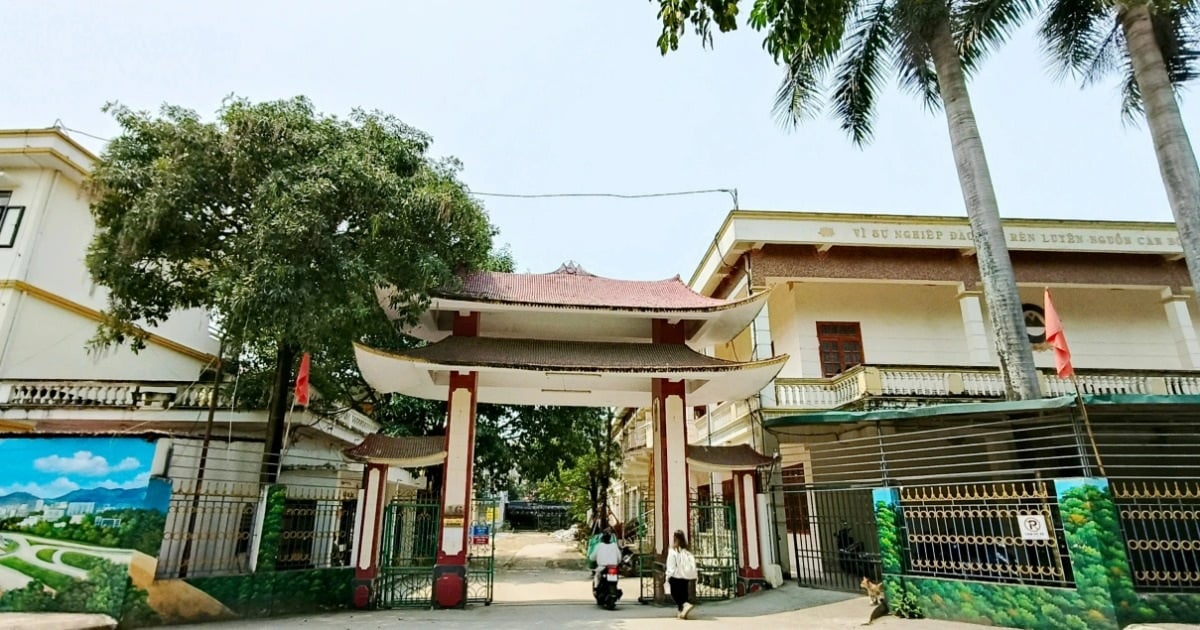


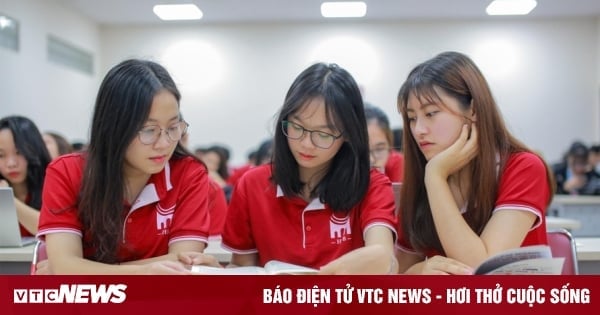


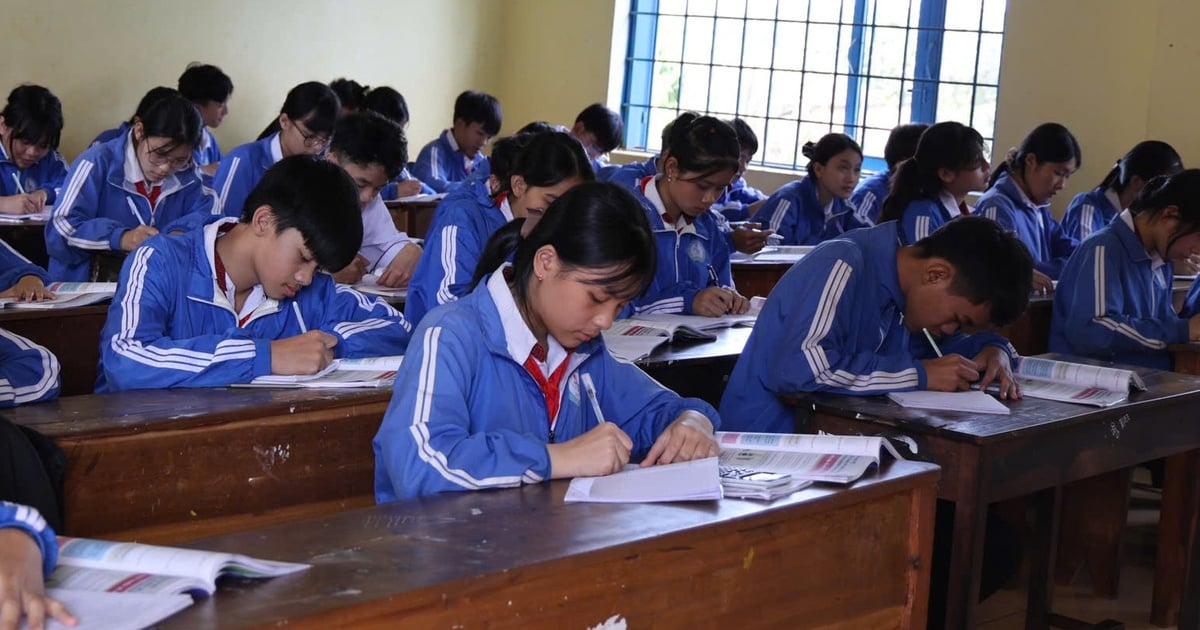
![[Video] Instructions for candidates to register for the 2025 high school graduation exam](https://vstatic.vietnam.vn/vietnam/resource/IMAGE/2025/4/13/e30d1b112667425ca7a1fbc05caf19c6)

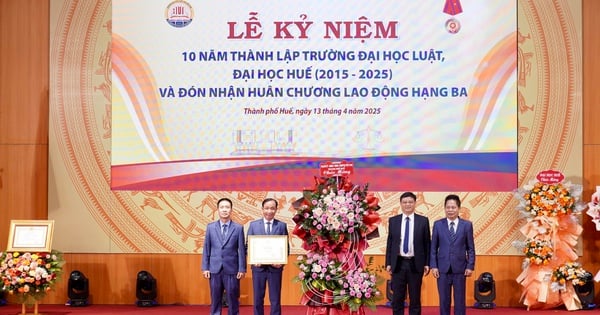
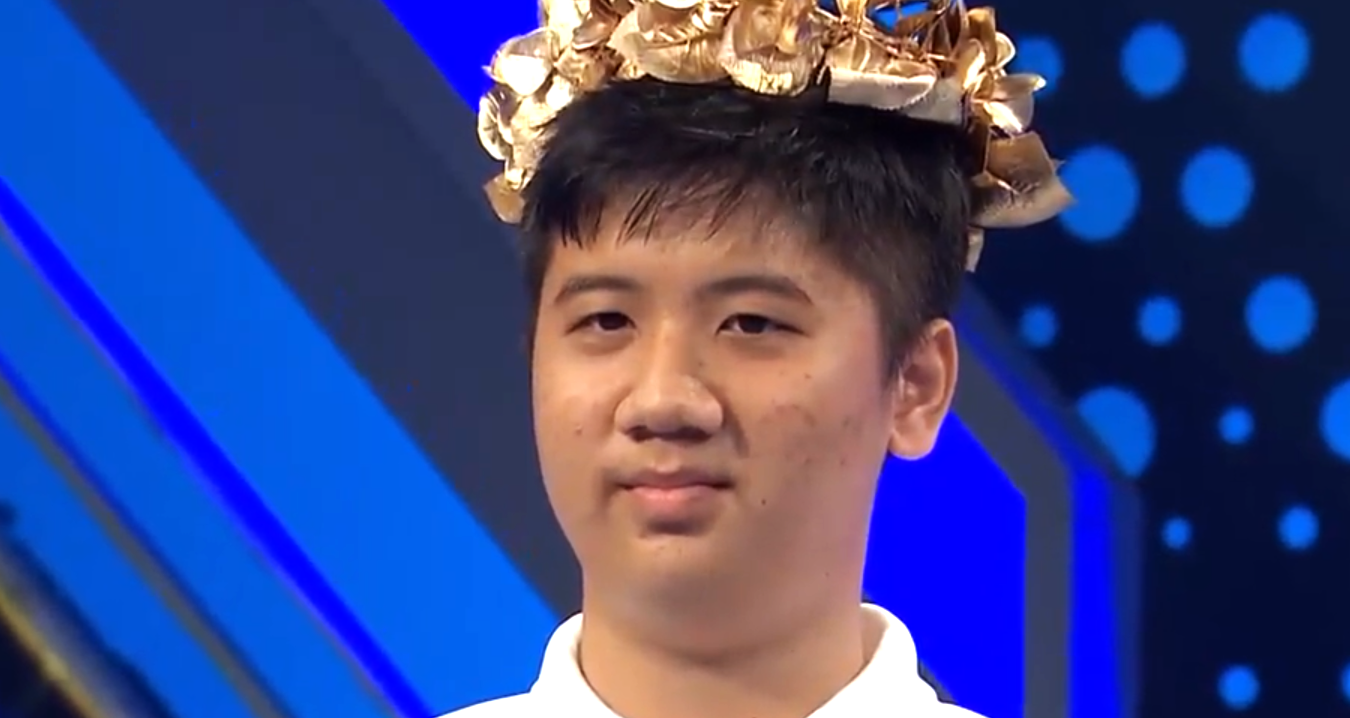
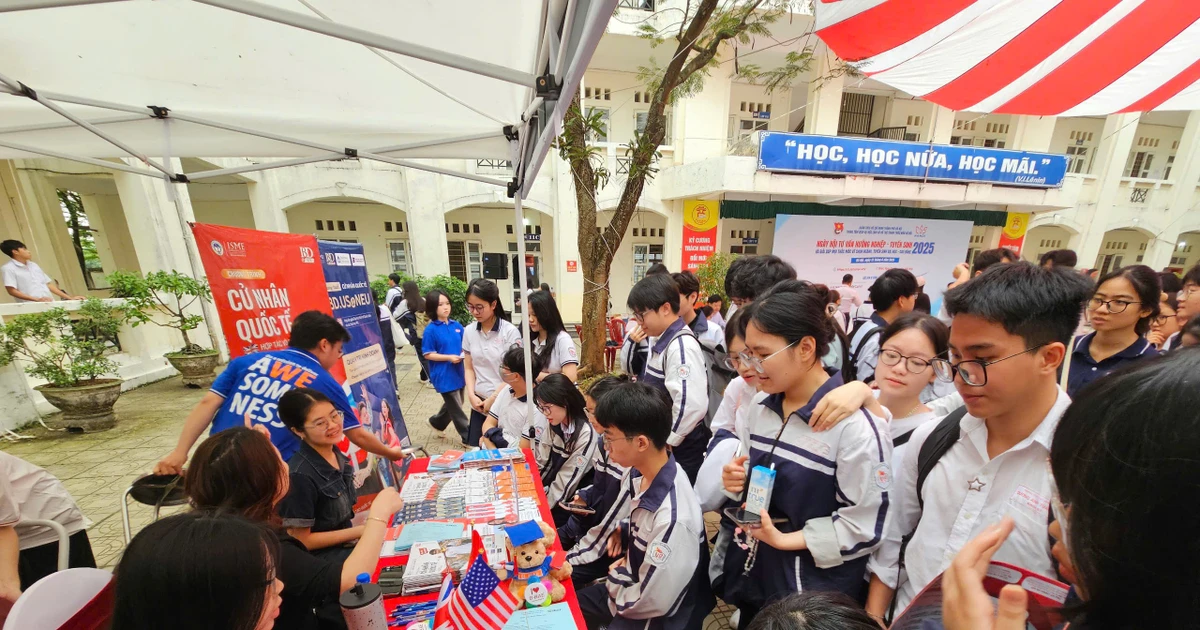










![[Photo] Closing of the 11th Conference of the 13th Central Committee of the Communist Party of Vietnam](https://vstatic.vietnam.vn/vietnam/resource/IMAGE/2025/4/12/114b57fe6e9b4814a5ddfacf6dfe5b7f)













































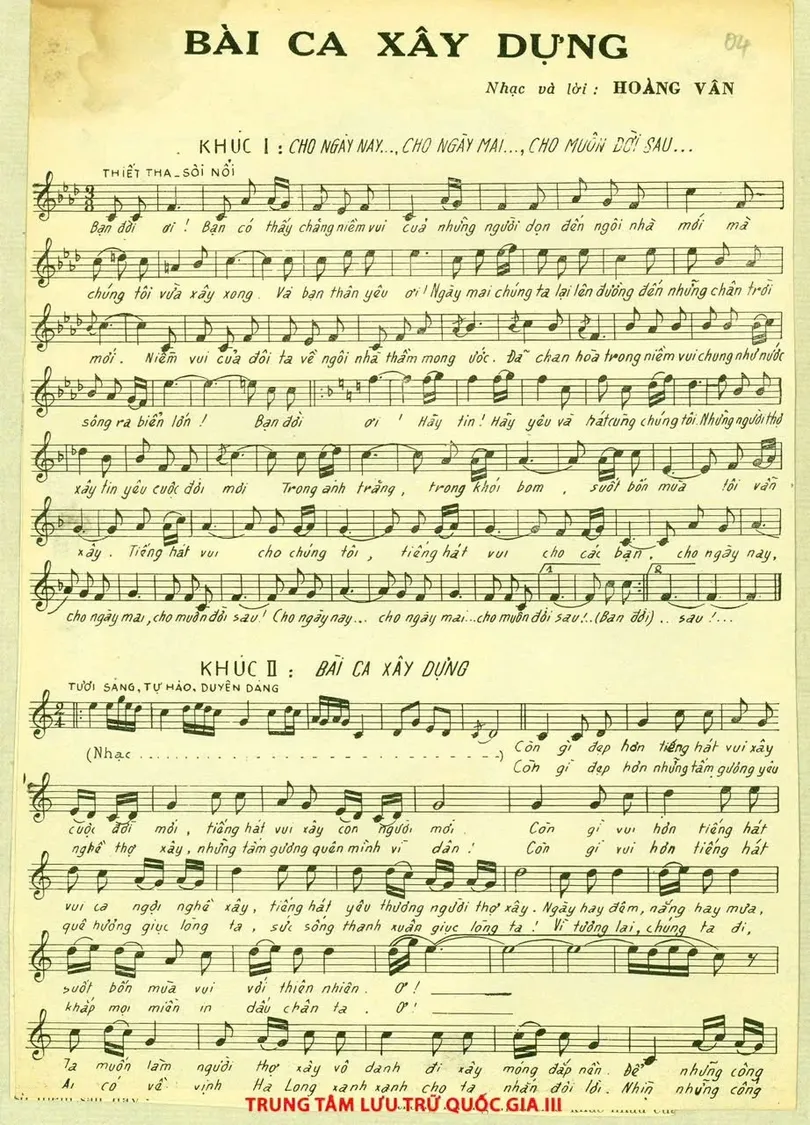

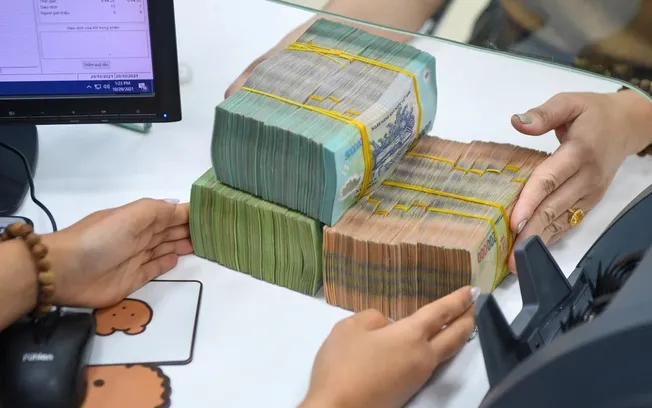

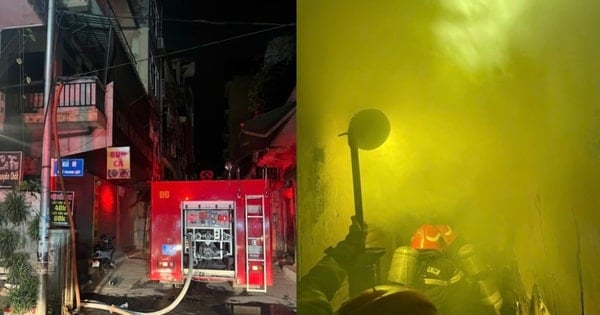













Comment (0)